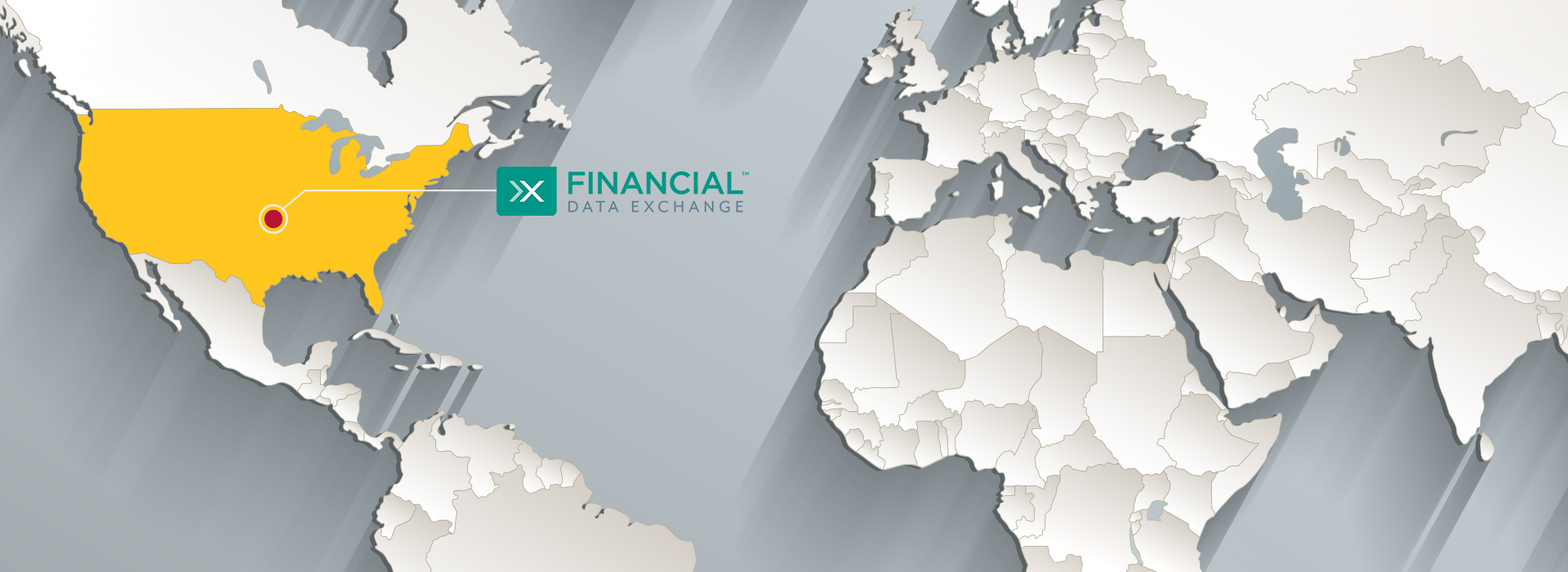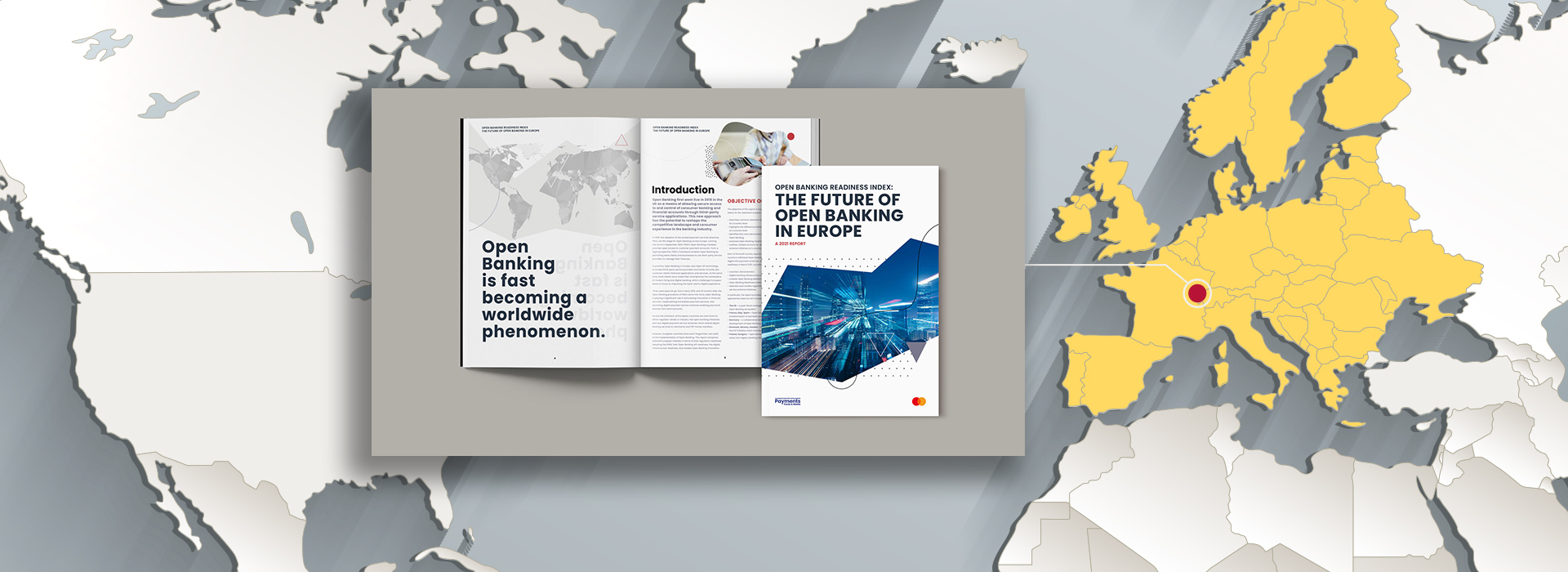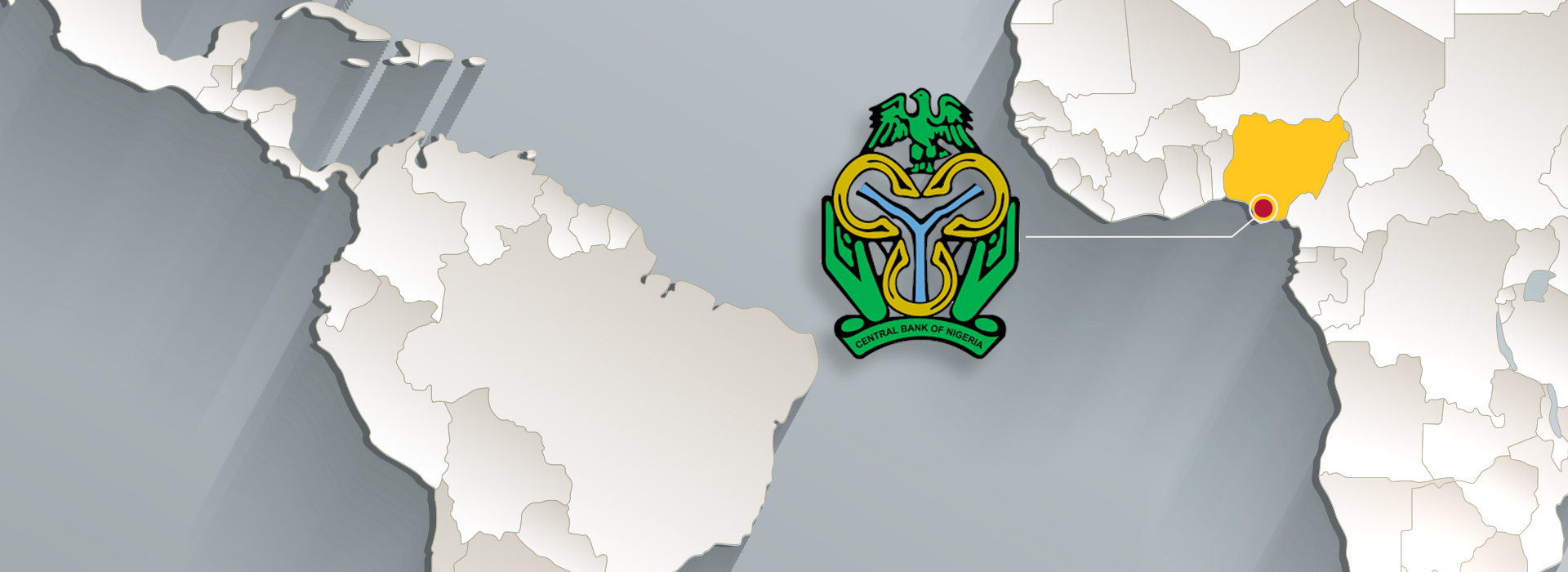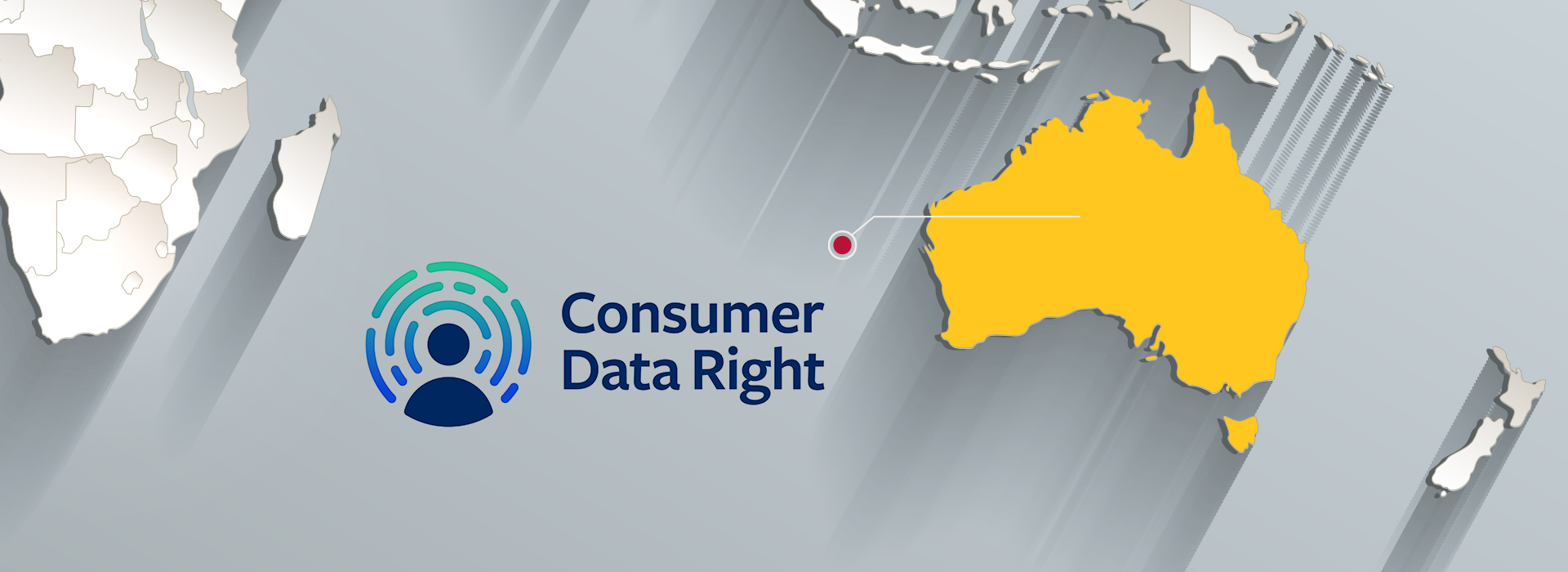Mapping out the world of open banking
September 22, 2021 | By Hayden Harrison
Chances are you have a host of bank accounts with different providers: You get paid your salary into My Trusty Bank, save and invest with XYZ Union and spend out of a debit account with Fintech ABC. It can be a hassle to log into each online banking app or website to view and move money between those accounts — and embarrassing if you forget to replenish your spending pot.
Imagine being able to view all your accounts in one place and move money between them with a simple swipe or tap. Better than that, an intelligent assistant manages your money for you, helping you to avoid overdraft fees and maximize your savings and rewards. Later, when you come to apply for a loan, you authorize the lender to view your transaction history and receive their decision in an instant. It frees up more of your time, does away with the headaches of manual tasks, and ultimately leaves you financially better off.
You might not know it, but these are exactly the kinds of experiences that can be enabled by open banking, which allows people to grant different financial service providers — from their neighborhood bank to retailers, utility providers and fintechs — secure access to their bank account data. Doing so unlocks the potential of this data for their own benefit, providing consumers and businesses with more options, more intelligence and more control to empower their financial wellbeing. In some markets, these principles are being applied beyond retail banking and payment data to include other types of financial information — investments, mortgages and paychecks, for example. This vision of open finance could lead to more innovative and inclusive kinds of financial products and services.
At the latest count, open banking and open finance has already taken hold in more than 60 markets across the world. But the scope and type of services on offer differ from country to country, depending on local objectives and whether initiatives are regulatory-driven or industry-led.
Here’s an overview of open banking hotspots around the world.
Open banking in North America

In the U.S., open banking has existed in some form or another for quite some time. It began as an industry-led movement, with both fintechs and banks recognizing a commercial opportunity to develop innovative financial solutions for people and businesses. The players wrote the rules, but this resulted in some inconsistency in how data was shared.
Now, the Financial Data Exchange -- a cross-section of banks, fintechs and financial services groups -- has aligned around a single data-sharing standard and is supporting the adoption of open-banking frameworks across the country.
Rocket Mortgage and Experian Boost, which help people apply for mortgages and loans, are among the most popular open banking services in the U.S. “Data can tell people’s stories in a richer and more nuanced way,” said Steve Smith, founder and CEO of Finicity, a Mastercard company that has more than 10,000 connections via its open banking platform. “It provides greater insight and context to drive better financial decisions and outcomes.“
Open banking in Europe

Europe’s pan-regional open banking legislation to encourage competition and innovation in payments and financial services across the European Economic Area came into effect in September 2019. The U.K. mandated data sharing among its biggest banks the year before. As one of the first examples of open banking regulation, the European model is often used as a blueprint for other countries, such as Brazil.
“Europe’s regulation allows for open banking payment initiation, which can make things like paying bills and moving money between accounts almost frictionless,” said Jim Wadsworth, senior vice president for open banking at Mastercard. Open banking payments can also be used at online checkout. In the U.K., Lloyds Banking Group partnered with Mastercard to let people pay merchants directly from their bank account without having to enter a password or payment information, making their experience simpler and more secure.
It’s just one of many examples. By the middle of 2021, 497 third-party providers were registered to provide open banking services in Europe — these in addition to regulated banks. Mastercard's Open Banking Readiness Index, which explores the future of open banking in 10 markets in Europe, shows the U.K. and Sweden pulling ahead.
Open banking in the Middle East and Africa

In Nigeria, open banking is driven by the Central Bank of Nigeria in a bid to chart a new course for the country’s financial services industry. Its objectives include growing financial inclusion and access to credit in a region with one of the largest percentages of unbanked people. The central bank has convened an industry working group to develop standards for open APIs, which, once approved by regulators, could be implemented as early as 2022.
“Mobile phone data is already being used to establish credit scores for people who are difficult to score using traditional methods,” said Hakan Eroglu, global open banking lead for Data & Services at Mastercard. “Increased innovation and competition through open banking on mobile devices can help alleviate the poverty premiums levied on low-income individuals otherwise cut off from competitive marketplaces.”
Meanwhile, much of the Arab world is fast emerging as a microcosm of what's happening in open banking other parts of the world. European-style regulatory-driven approaches rub shoulders with American-style market-led approaches. Still, the basic objective of open banking remains the same: stimulate innovation in the banking sector by putting data back in the hands of customers.
Open banking in Latin America and the Caribbean

It’s barely six months since Brazil’s Central Bank and National Monetary Council began implementing open banking legislation, but the ability to share financial data between financial institutions has already stimulated a flurry of innovation.
Ostensibly, the purpose of the legislation is to level the playing field for new and smaller financial service providers in a market that has long been dominated by a few traditional banks. The benefit to the person on the street will be better overall digital experiences and easier access to financial services, including among the high numbers of people who remain unbanked.
“With open banking, Brazilians will benefit from a myriad of new options and solutions coming from the fintech community and neobanks — and also the traditional players," said Cesar Espinoza, Mastercard vice president for product management, real-time payments and open banking in Latin America and the Caribbean region.
Open banking has huge potential to transform the way people pay and manage their money across the region. With a large unbanked population but high mobile phone penetration, Latin America is one of the most fertile regions for financial services innovation.
Open banking in Asia-Pacific

The first phase of Australia’s Consumer Data Right, which facilitates open banking, went live in July 2020. Open banking in Australia will be more along the lines of what we might term "open finance:" savings accounts, investment accounts, pension accounts and the like are all in the scope of the regulations. Regulators plan to move beyond financial services to open up access to data that is held in utility accounts, mobile phone accounts and more. Consumers are likely to see new ways to manage their finances – no longer tethered to the provider where they have always stored their data – and faster, easier navigation of the lending process.
“Open banking will create an interconnected network that helps people use their own data for their benefit and find the services best suited to their needs,” said Richard Wormald, Mastercard’s division president for Australasia. “It could fundamentally change our relationship with money.”
It’s a similar story in South Korea, where the new MyData initiative evolves 2019 open banking regulation. “Open banking in South Korea prepares for a future in open data that extends beyond the banking sector,” said Jaemoon Kim, senior managing consultant for Mastercard Advisors. “It’s geared toward actual partnerships rather than simple third-party relationships, and it deftly balances core API standards while letting the market drive innovation.”
They’re not the only countries in Asia-Pacific that are trying something different. With the introduction of the Unified Payments Interface, the National Payments Corporation of India (an umbrella group set up by India’s central bank and Indian Banks' Association) is leading a global revolution in financial services. UPI is for all intents and purposes an open banking platform: It brings together different ways to pay merchants, billers and other people and access to multiple bank accounts via a single mobile app, providing Indian consumers with faster and more streamlined payment experiences.
As open banking and open finance continues to grow in various forms around the world, they're bringing much improved access to financial services and innovative services to people and businesses. There’s little doubt this evolution will change the face of banking, payments, lending and more -- from the way we look at our money to the way our money works for us.